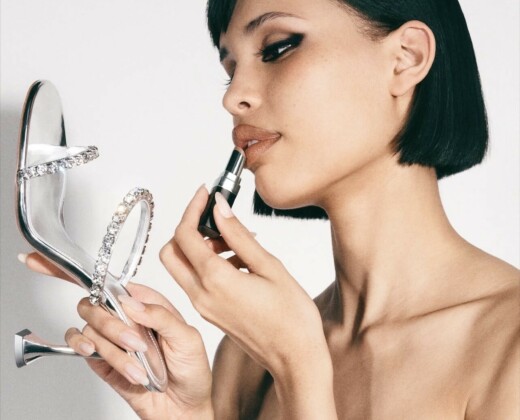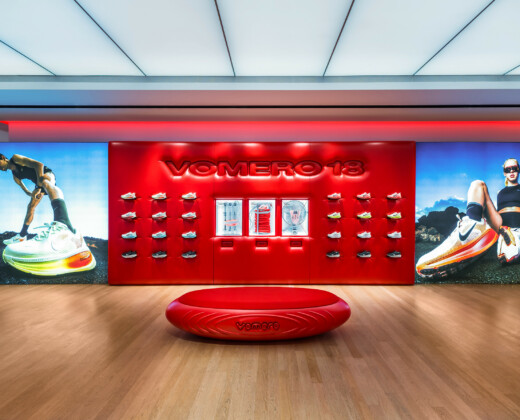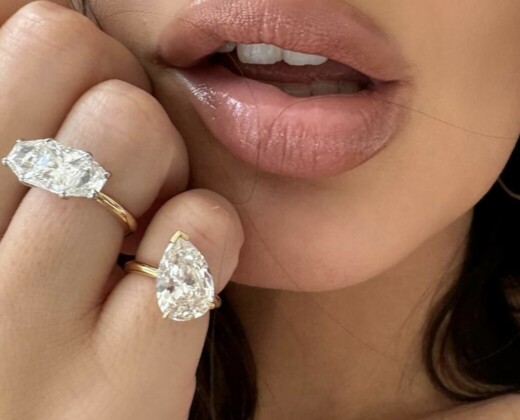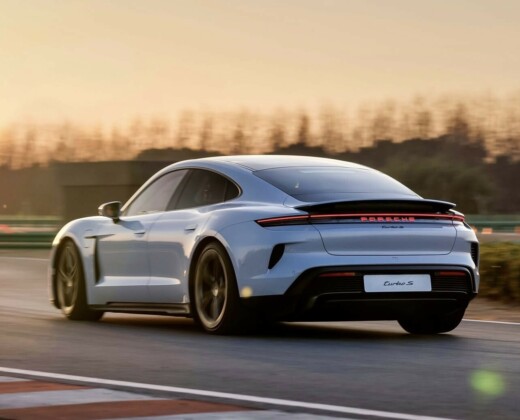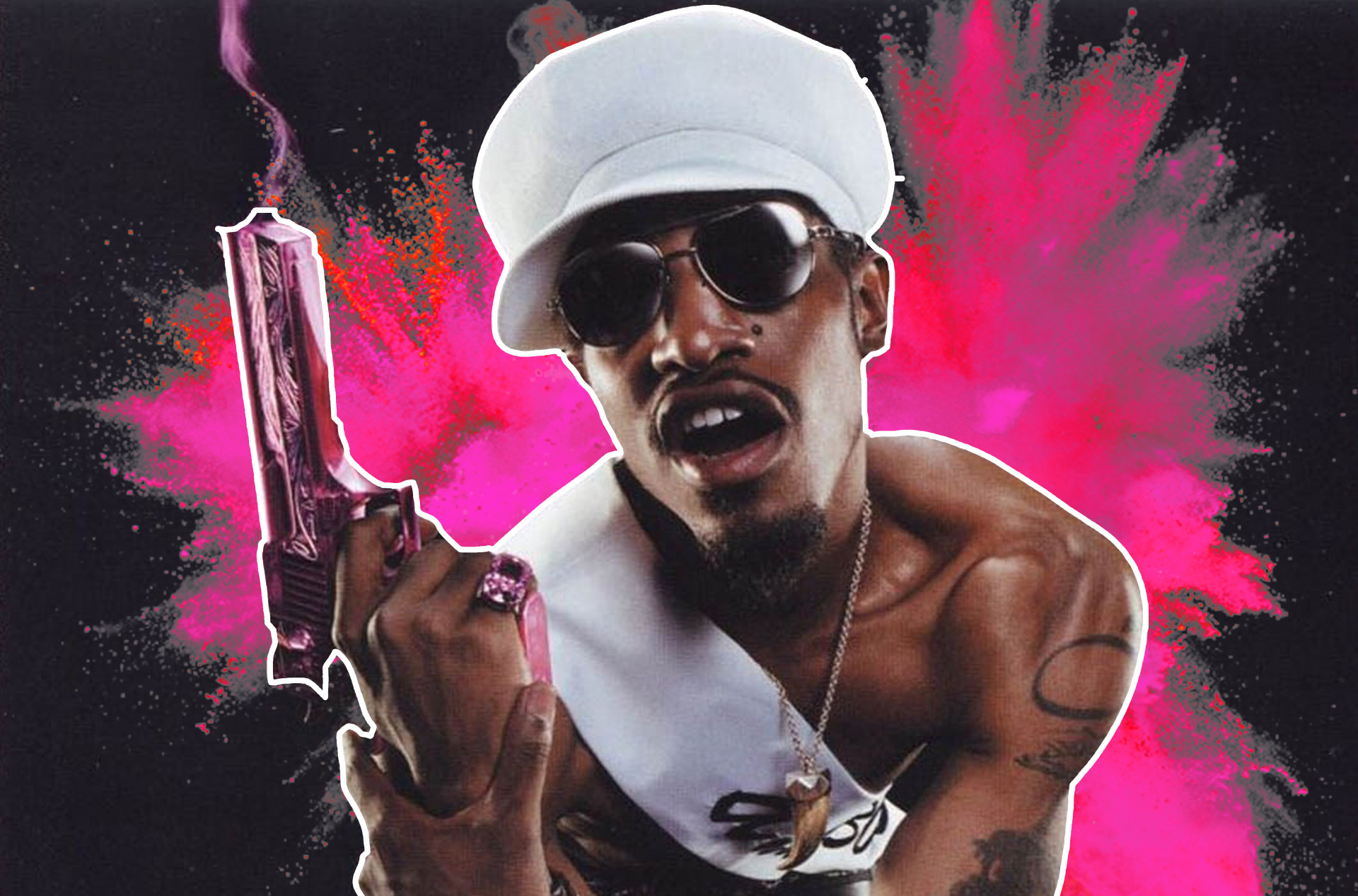
Recently, D.C. rapper Goldlink angered the rap community after posting a letter on his Instagram about the deceased Mac Miller, implying that Miller stole the theme for his album The Divine Feminine in 2016. While the ‘Crew’ rapper displayed extraordinary disrespect by publicizing his resentment for a man who passed away just last year; I feel like this was a great time to brush aside the foolishness and highlight the positivity, celebrating what The Divine Feminine represents in Hip-Hop, which is a definitive phase of expression within the artform’s relatively short life.
Over the years, the combination of the genre’s growth — along with the internet’s addiction to transparency, has caused the new generation growing through social media to welcome more unique concepts; often describing themselves as ‘woke’ in the process. Subjects such as gender fluidity, feminism, and masculinity, are normally involved. I’ve noticed specific instances of ignorance that surround the topic of masculinity — like the restriction from wearing ‘feminine clothing’; while now a person’s sense of comfortability is perceived as a positive characteristic, coming from the 90s at the time that I did, it couldn’t have been more different.
Although I credit the ability to be free down to social media’s acceptance, I tip my hat off to the impact Hip-Hop has on cultures throughout the world and the complete clarity the genre has provided since its creation (let us not forget, Hip-Hop was created as a way of expression for the black communities struggle in the Bronx). So with that being said; I want to celebrate the influence of Hip-Hop and how the evolution of femininity has impacted the new generation, by picking out the most impactful examples of pink in rap.
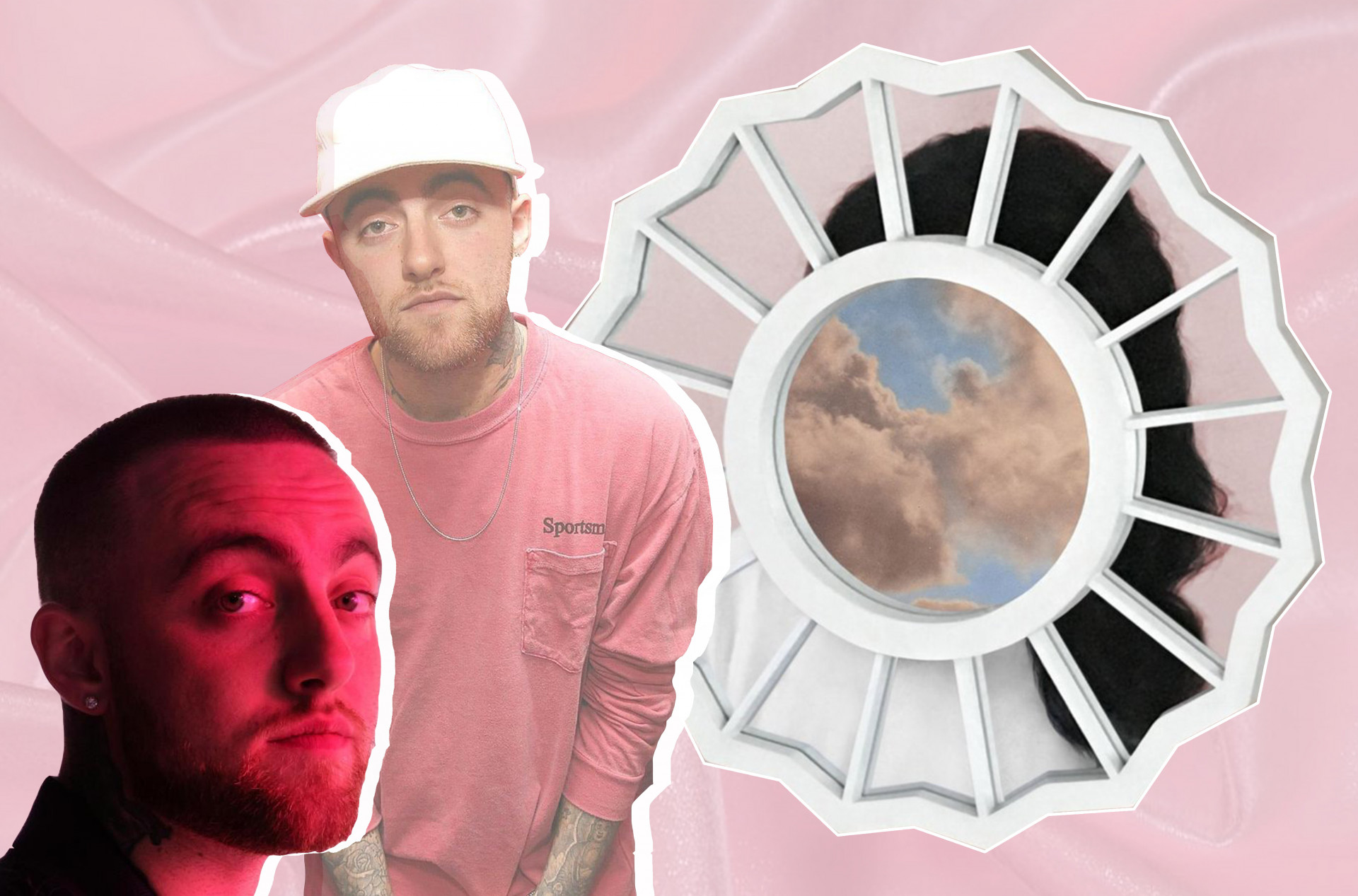
It’s 2002, the height of the Dipset era and the Roc-A-Fella dynasty — the city of New York is hosting the biggest fashion event of the year, the Mercedes-Benz Fashion Week. The foresight of Label boss Dame Dash and the ingenuity of Cam’ron was always a combination that produced magic; So there was no surprise that with the help of Dash, the Dipset commander pulled up in one of the most legendary fits to ever grace Hip-Hop: the illustrious pink mink jacket, along with the hat and burner phone. As both Dash and Cam were born and raised in the fashion-focused neighbourhood of Harlem; the influence was clear to see at the moment. While most people from their area were used to the abrasiveness of the duo, within the wider scope of Hip-Hop — it was a statement, to say the least. Ever since then, the idea of what femininity represented, spread throughout Hip-Hop.
A few years later, Cam’ron’s label mate; Kanye West, popularised a new kind of pink style to the mainstream. A much more conventional proclamation, Kanye would normally rock a pink polo with a classy backpack to match. Not only was this merge important to the extension of the movement led by Cam, but more importantly — this verified Kanye as the influence for the geeks, as opposed to Cam’s influence on the streets. Because of this diversification, this continued to bring even more conversation surrounding Hip-Hop and it’s identity.
Moving towards the late 2000s, Kanye continued to lift pink rap to new heights. This was the era in Hip-Hop where the nerdy rap was dominating the gangsta rap; Kanye West had just convincingly beaten 50 Cent to the number one spot with his album Graduation – the album that is infamous for it’s powerful, intense colouration. The transition was in motion.
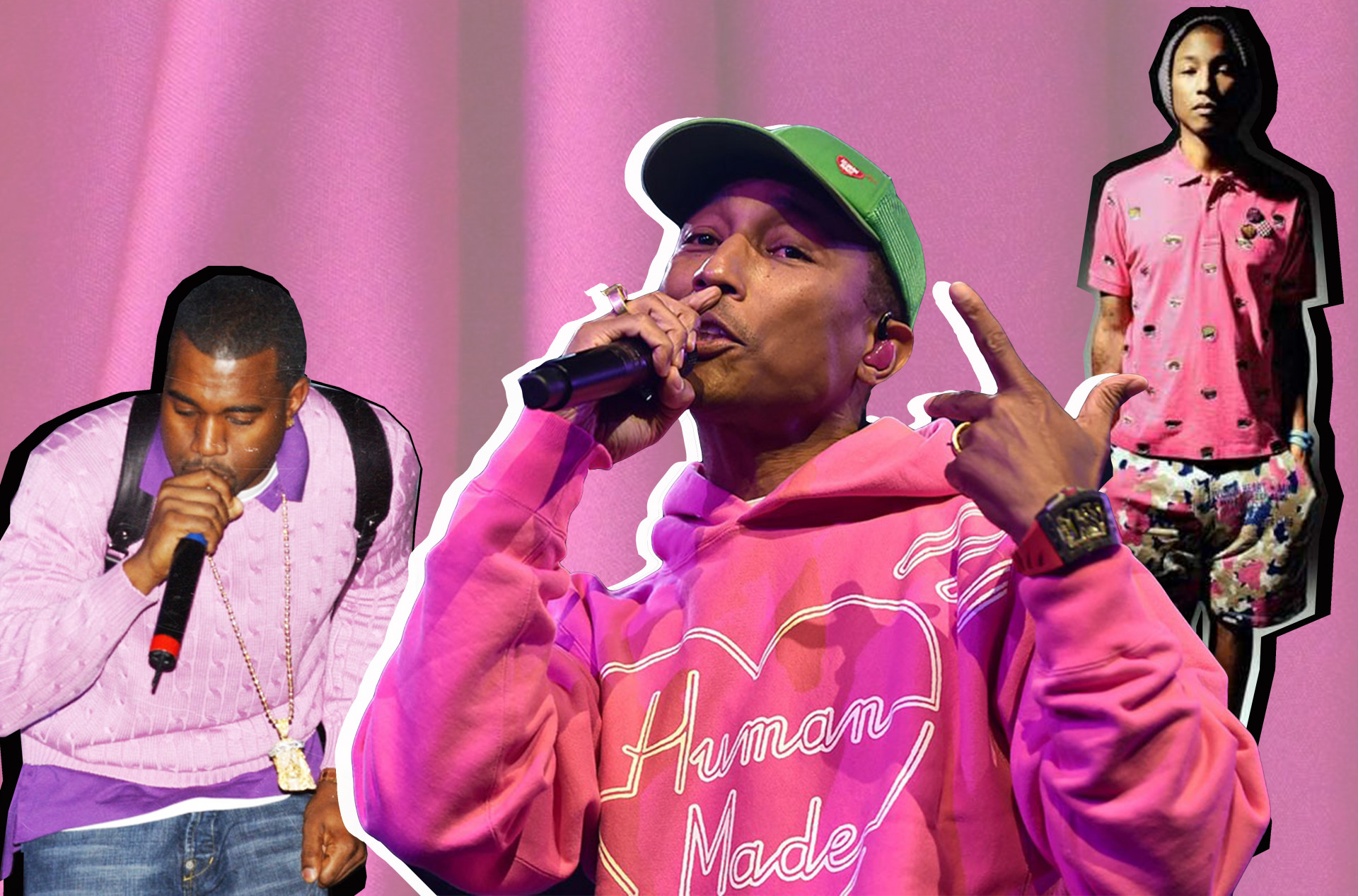
And because of Hip-Hop tycoon, Pharrell’s love for intense colour styles and powerful visuals with brands like Bape, to name a few – it helped these combos crossover into the streetwear world. And by the end of the decade, it would be hard to find a guy without a pink polo in his wardrobe. As the new decade began, the surprising amalgamation of up and coming, contemporary streetwear brand Supreme, and the profound new suburban rap crew, Odd Future, hit the wide-eyed internet world by storm. As Tyler, the Creator and his squad took over 2010; this was the beginning of pre-teens involvement within mainstream rap. While the group’s own fashion line Golf Wang epitomized the crew’s sarcastic wit; the ignorant motifs complemented the dynamic undertones displayed on the ensembles perfectly — from lime to magenta, and indeed pink. Odd Future embodied the new era, fusing Hip-Hop, fashion, and their own originality; allowing people from anywhere to connect with their vision.
Tyler even said in his 2016 note to Pharrell, proclaiming the influence he took from the Virginia native: “I never had brothers, uncles or my father around so thank you [Pharrel] for being the male figure I gravitated towards. Allowing me to embrace being different and trusting my ideas.” While men in previous decades would rather be caught dead in some coral clothing, guys like Tyler embrace their uniqueness. Even though Hip-Hop was built on these very same morals; it’s refreshing to see how the integrity has always been there, at the same time — continuing to grow into the culture-crossing genre it is today; whilst simultaneously co-existing within the unforgiving world of modern technology and ‘cancel culture’.
Words by Charlie Miller
Graphics by Katie Janes
, , , , , , , , , , , , ,


